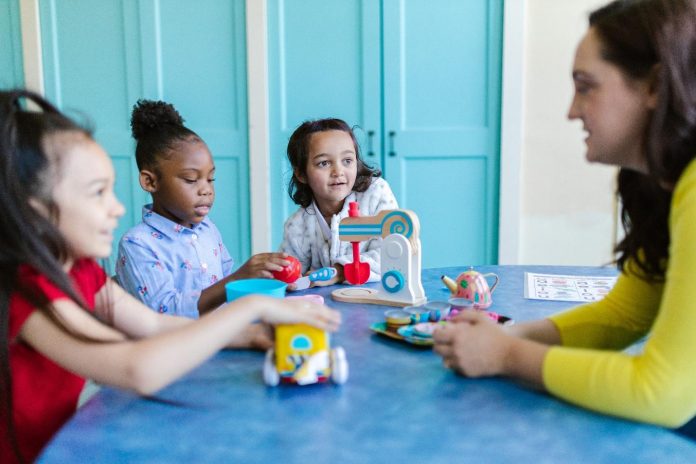- 1. Go on a nature walk and collect leaves, rocks, and other things that you find.
- 2. Fill a container with water and add some drops of food coloring. Then, use a straw to blow the colored water around.
- 3. Make homemade slime!
- 4. Put together a scavenger hunt in your house or backyard.
- 5. Use kitchen utensils to create interesting patterns in shaving cream or whipped cream.
- 6. Build a fort out of blankets and pillows. Then, get under the fort and read a book or tell stories.
- 7. Play catch with a balloon instead of a ball.
- 8. Set up an obstacle course in your house or yard.
- 9. Plant a small garden and watch the plants grow over time.
- 10. Make homemade pizzas!
Children enter preschool at the age of three or four, and they are expected to sit still for circle time, storytime, and other group activities. But for some kids, this can be a real challenge. If your child is hyperactive, it doesn’t mean that he or she can’t participate in preschool activities – there are just some modifications that may need to be made.
Math & ELA | PreK To Grade 5
Kids see fun.
You see real learning outcomes.
Watch your kids fall in love with math & reading through our scientifically designed curriculum.
Parents, try for free Teachers, use for free
Here are 25 fun science activities that your hyperactive preschooler will love:
1. Go on a nature walk and collect leaves, rocks, and other things that you find.
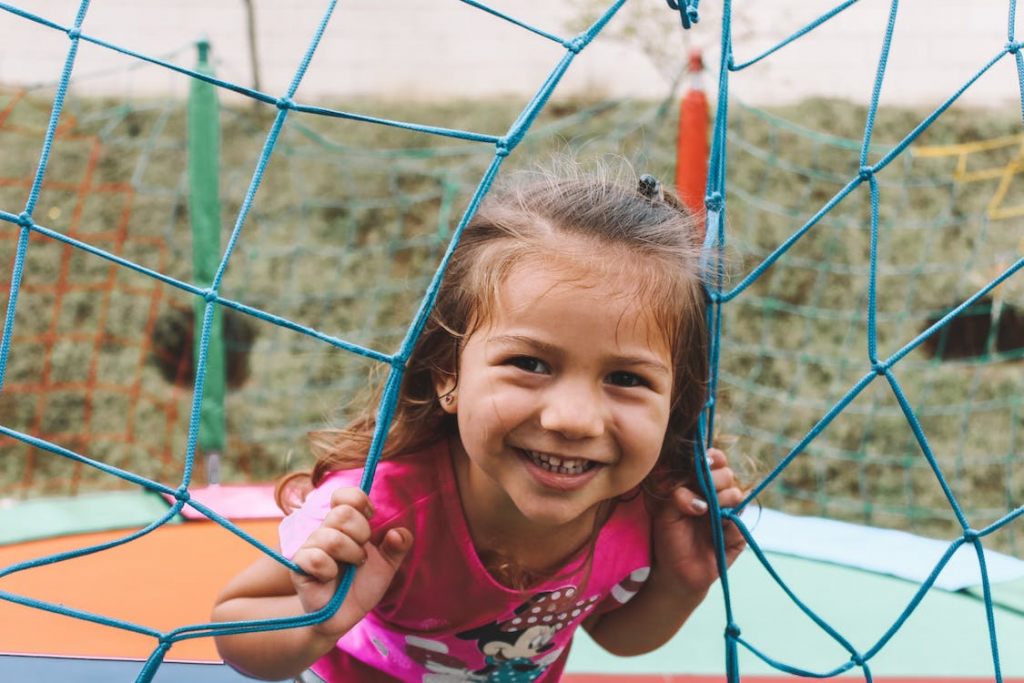
Then, bring them home and have a sorting party! You can sort by color, size, shape, etc. The curious beings that they are, preschoolers are bound to ask a lot of questions. Foster their love for learning by answering their queries patiently and encouraging them to find answers on their own.
Science activities for preschoolers like these offer you so many opportunities to teach your preschooler about the world around them. You can talk about the different colors of leaves, the shapes of rocks, and how things can be sorted. The questions may lead to even more discoveries, such as why some leaves are green and others are brown. And your child will be so proud of himself or herself for finding the answers!
2. Fill a container with water and add some drops of food coloring. Then, use a straw to blow the colored water around.
It’s like magic!
Isn’t it fun? But it also teaches your child about how colors mix together. You can talk about why the colors are mixing and what happens when you blow harder or softer.
Science projects for preschoolers like this one introduce the concepts of mixing and separating to children. You can fill two containers with water – one with red food coloring and one with blue. Then, have your child use a pipette to transfer the colored water back and forth between the containers.
See what happens when all of the red water is in one container and all of the blue water is in the other. You can also talk about what happens when you mix the colors – they make purple!
Can you think of any other colors that mix to make something new? Go ahead and experiment!
Related Reading: Best Indoor and Outdoor Team Building Activities for Kids
3. Make homemade slime!
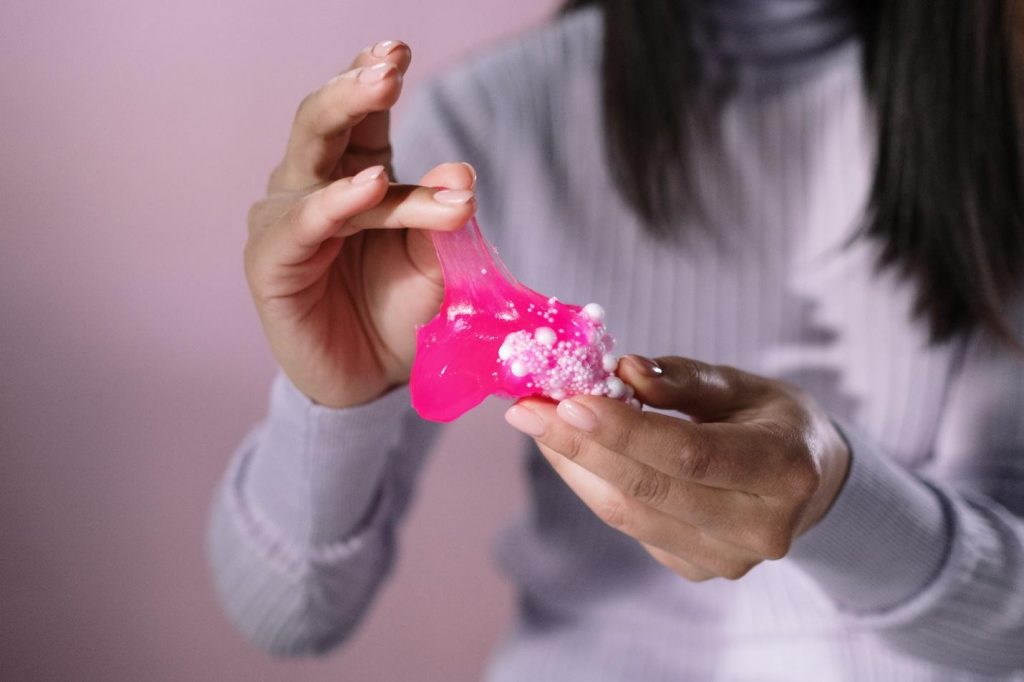
This is a great activity for sensory seekers as they can squish and stretch the slime to their heart’s content. It’s one of the easy science activities for preschoolers too. Just mix 1/4 cup of white glue with 1/4 cup of water. Then, add in 1/2 teaspoon of borax and stir until it’s completely dissolved.
Let your child pick the color that he or she wants to make the slime. Add a few drops of food coloring to the glue mixture and stir it in. Now it’s time to have some slimy fun!
If you are worried about your home getting dirty, don’t be! You can easily clean up any slime that gets on the floor or furniture by vacuuming it up with the hose attachment of your vacuum cleaner.
And think of all that your child is learning while playing with slime! They are exploring the properties of a liquid and a solid and learning how to follow directions. Creative play is so important for young children!
Related Reading: Best Learning Games That Your 4-Year-Old Will Love
4. Put together a scavenger hunt in your house or backyard.
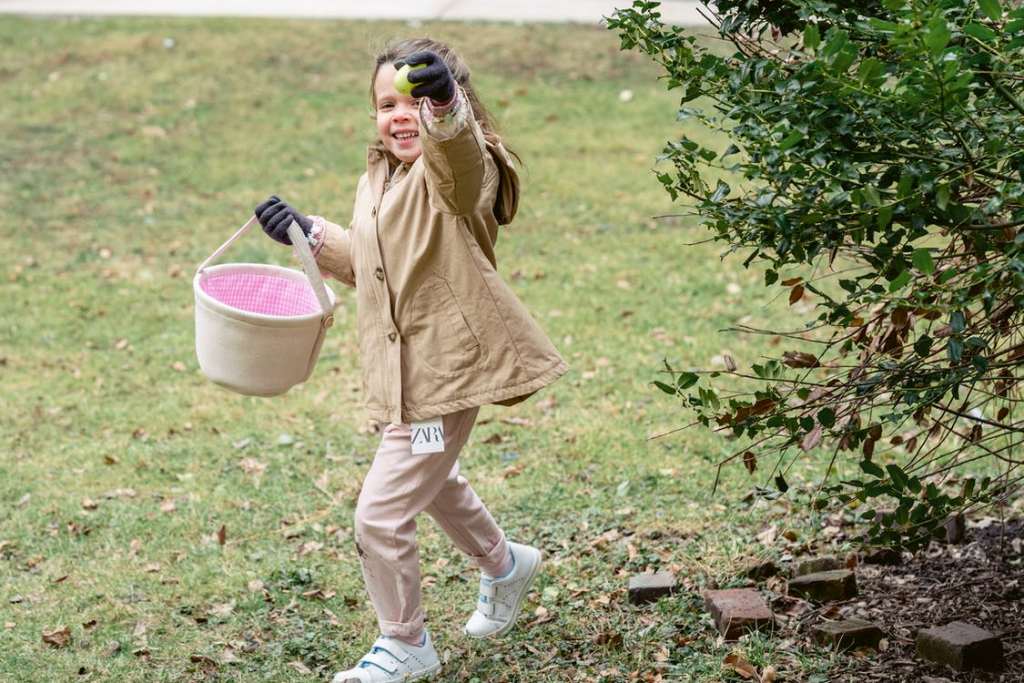
Give your child a list of items to find, and see how fast he or she can complete the task. It isn’t as much work as you might think. You can use items that you already have around the house, such as a spoon, a book, a toy car, etc.
This activity is great for developing your child’s problem-solving skills and teaching him or her how to follow directions. As a bonus, it’s a great way to get your child moving and burn off that extra energy!
You can add in reading and math skills by making the scavenger hunt more challenging. For example, you can give your child a list of items to find that are all a certain color. Or, you can hide the items around the house and write down clues for your child to follow to find them. There are endless possibilities!
5. Use kitchen utensils to create interesting patterns in shaving cream or whipped cream.
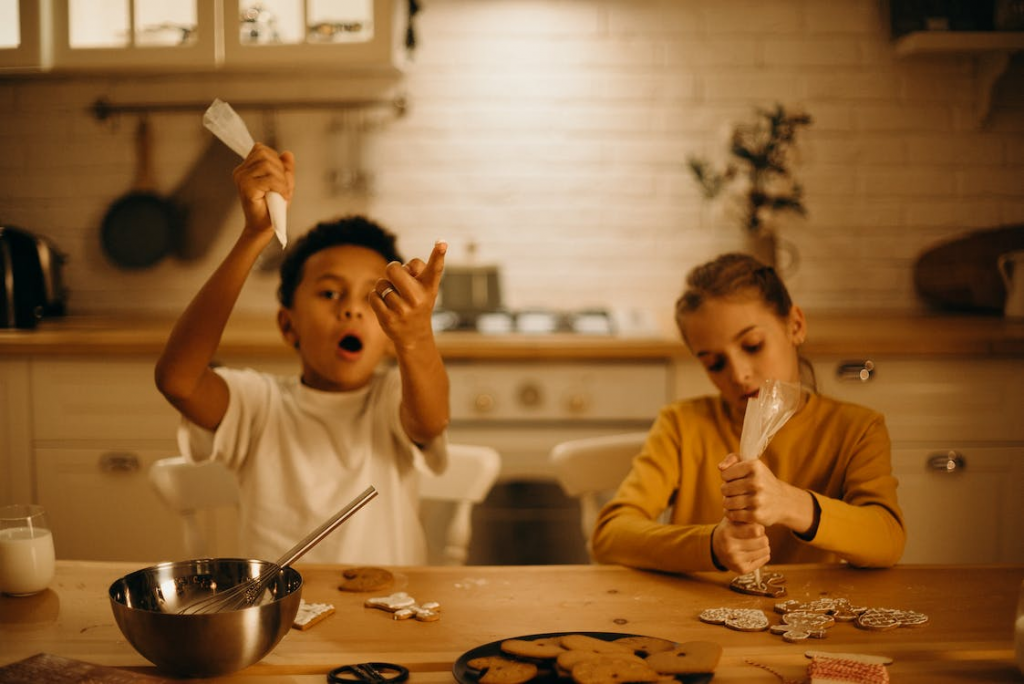
This is a great activity for visual learners.
Do not have the energy to go out and play? Let the kid’s imagination flow by letting them play in the house. As the kid squeezes out the shaving cream, they are not wasting it, but they are making new shapes, which is a form of art. They are learning to use their imagination by making different patterns in the shaving cream.
The different colors will give the kid a chance to also experiment with mixing colors. For example, if red and yellow are combined, it will make orange. This activity will also help the kid’s fine motor skills. As they try to make different patterns, they will be using their fingers a lot more. This will help them develop their dexterity, which is an important skill to have.
Related Reading: Fun Facts for Kids That Are Equally Fun & Astonishing
6. Build a fort out of blankets and pillows. Then, get under the fort and read a book or tell stories.
You can do this in the open or at home. It will teach the child how to be creative in using materials around them and turning them into something new, like a fort. It is also a great way for the kid to bond with you while you are reading stories or telling them.
When you read bedroom stories or tell them, it will also help their imagination grow. As they listen to the story, they will be able to imagine what is happening in the story. This is a great way for the kid to develop their creative side.
Inside the blanket fort, you both can lie on your stomach, and you can point out pictures as you read the story. This will help the child’s visual learning. He or she will be able to see the pictures as you read the story, which will help them understand it better.
Are you wondering why this is in the list of science activities for preschoolers? Science is not only about hands-on experiments. Reading and books are an essential part of the study of science. It helps the kids understand the concepts better and makes them want to know more.
7. Play catch with a balloon instead of a ball.
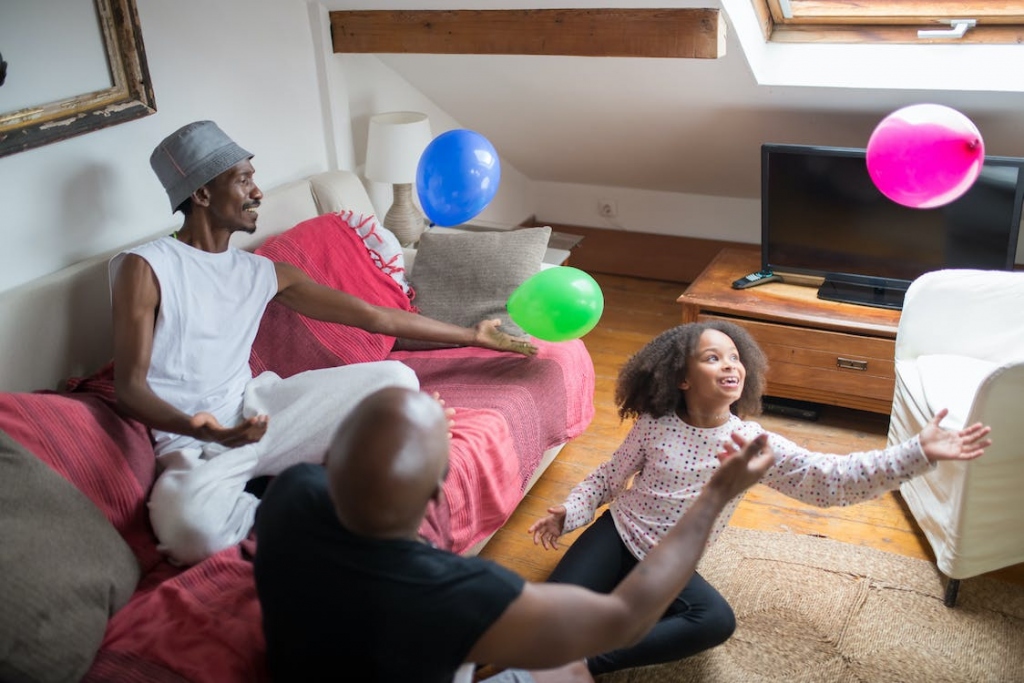
It’s much harder to predict where it will go!
This activity will help the child with his or her coordination. As they try to catch the balloon, they will need to use their hands, which will help them develop their fine motor skills. The balloons are also very light, so it will be easy for the kid to catch them.
And it’s science! You’re teaching the child about air pressure and how it affects objects.
Related Reading: Co-curricular Activities and its Benefits for Students
8. Set up an obstacle course in your house or yard.
Use household items like chairs, hula hoops, and jump ropes. See how fast your child can complete the course.
This activity will help the child with his or her gross motor skills. As they try to go through the obstacle course, they will need to use their whole body. This will help them develop their coordination and balance. It is also a great way for the kid to burn off some energy. If you do this outside, it will also be a great way for the kid to get some fresh air.
The kids will also have the opportunity to learn scientific concepts like gravity, friction, and the center of gravity as they find ways to overcome the obstacles.
9. Plant a small garden and watch the plants grow over time.
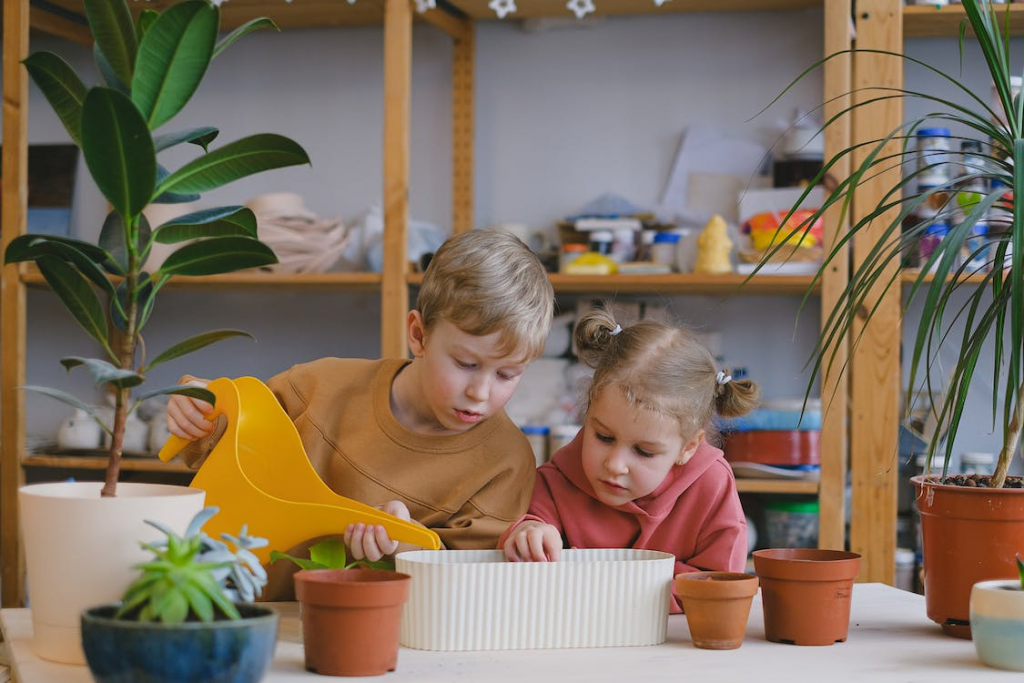
Your child can help water the plants and watch them closely for any changes.
Environmental Sciences is a great way for kids to learn about the world around them. As they plant the seeds, they will be able to see how the plants grow. This will help them understand how plants grow, and that they have life. You can teach them about the different parts of the plant, like the roots, stem, leaves, and flowers.
The kids will also learn about the process of photosynthesis. As they watch the plants grow, they will be able to see how the sunlight helps the plants create food, and why water and soil are important for the plants.
10. Make homemade pizzas!
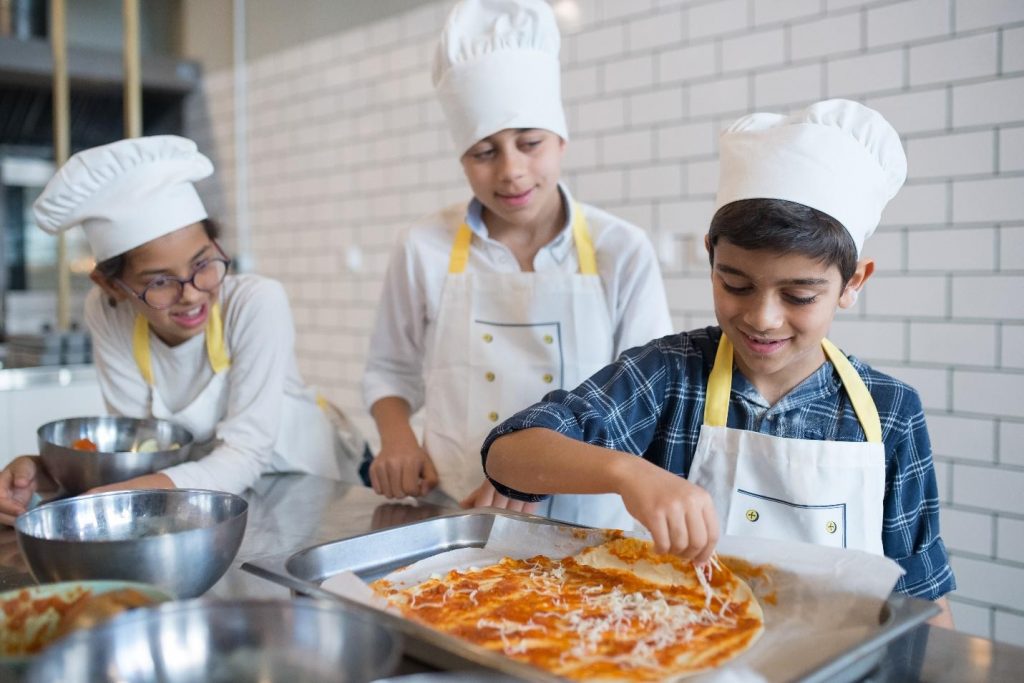
Let your child choose his or her own toppings and then get to work creating a one-of-a-kind pie.
Are you wondering what’s cooking has to do with science? As your child makes the pizza, he or she will be learning about measurements. They will need to measure the ingredients and mix them. This will help them understand the concept of fractions.
After the pizza is cooked, you can talk about why the dough rose and how heat affects food. Food Science is an important branch of science that deals with the study of food and its properties.
Never underestimate what your kid can learn while cooking.
11. Do a science experiment to see what objects will sink or float in water.
It’s easy to set up. All you need is a bowl of water and some objects around the house. You can use things like rocks, coins, pieces of wood, leaves, etc. Let your child predict whether each object will sink or float and then test it out!
This experiment will teach the child about density and buoyancy. Density is how heavy an object is, and buoyancy is how well an object floats in water. The denser the object, the more likely it is to sink. The less dense the object, the more likely it is to float.
12. Have a picnic lunch outside and see how many different types of birds you can spot while you eat.
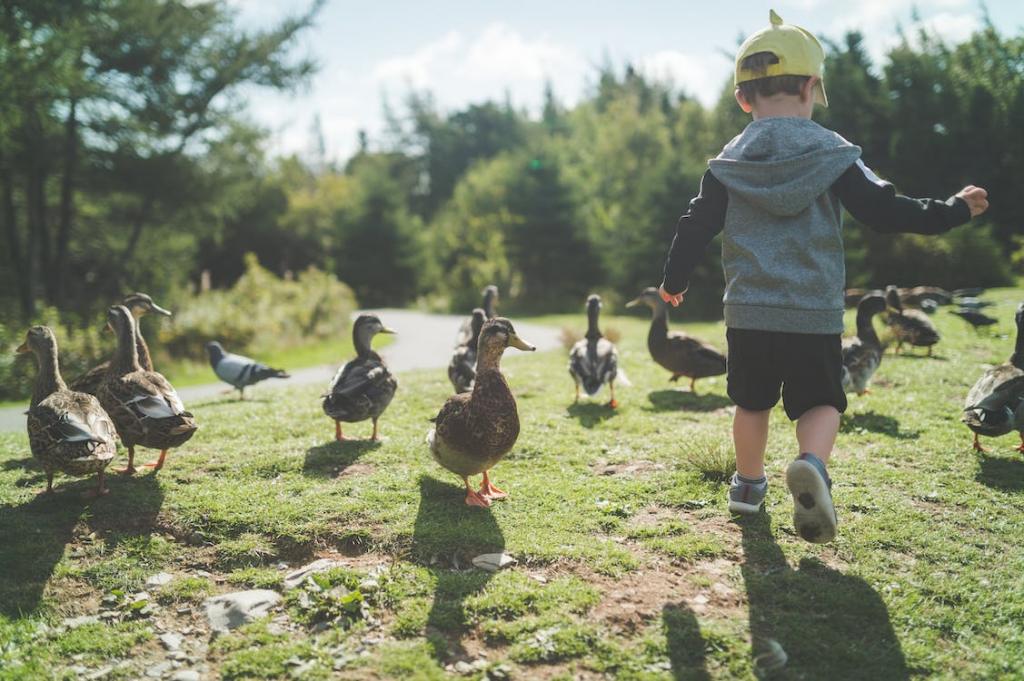
Can you identify them by their colors, patterns, or songs?
This activity will teach the child about different types of birds and how to identify them. The child will also learn about their habitat and what they eat. As you are having the picnic, you can talk about why it is important to protect our environment and the animals that live in it.
Such science activities for preschoolers can also be done during vacations – when you are out in the Nature.
Related Reading: Fantastic Summer Camp Kids Activities
13. Play frisbee or catch with a balloon filled with water.
Be careful not to break it!
This activity will teach the child about air pressure and how it affects objects. The child will need to throw the frisbee or balloon in a way that doesn’t break the balloon. As you are playing, you can talk about how different types of objects react when they are filled with air or water.
Science and technology activities for preschoolers can be very simple yet interesting. They are great for introducing science basics to children and make them realize that science is part of our lives – and fun!
14. Collect rocks and paint them with cool designs.
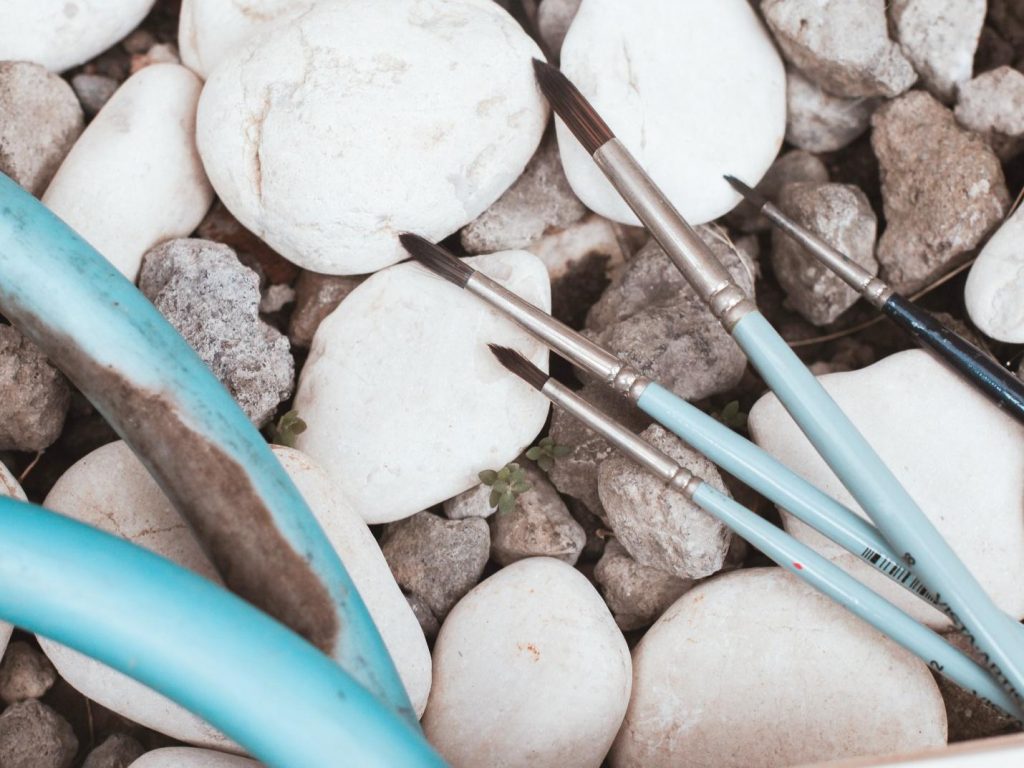
You can use them to decorate your yard or garden.
This activity will teach the child about different types of rocks and how to identify them. The child will also learn about the different colors and patterns that rocks can have. As you are painting, you can discuss how rocks are formed and how they are used in our everyday lives.
15. Build towers out of blocks, toilet paper rolls, or other materials.
See how high you can stack them before they topple over.
This activity will teach the child about balance and gravity. The child will need to stack the materials in a way that they are stable and will not topple over. As you are building, you can talk about why it is important to follow instructions and use caution when working with height.
16. Make homemade instruments and put on a concert for your family and friends.
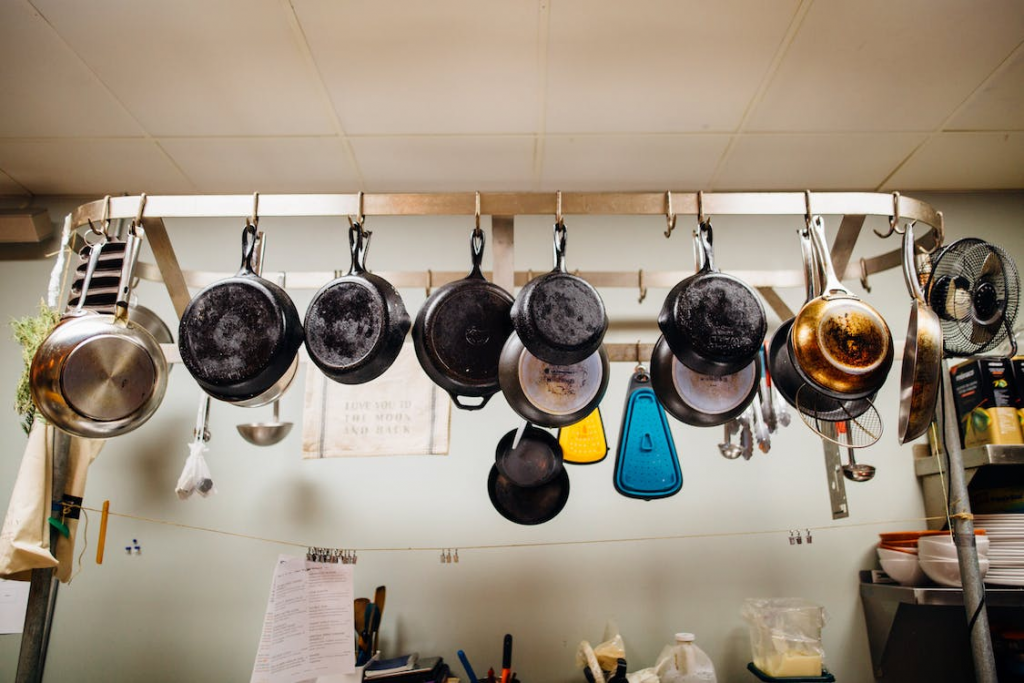
You can use things like pot lids, pans, buckets, wooden spoons, etc.
Children love to make noise. Help them find music in the everyday objects around them. Such science projects for preschoolers at home will teach the child about sound and how it is produced. As you are playing, you can talk about how different instruments create different sounds.
And perhaps, if you are lucky, the noise will stop after the concert is over. Or the bangs and booms will become more synchronized, rhythmic, and less jarring.
17. Create artwork with natural materials like leaves, sticks, and flowers.
This activity will teach the child about the environment and how to appreciate nature. The child will learn to use items from the natural world to create something beautiful. As you are creating, you can talk about why it is important to recycle and reuse materials.
18. Paint with watercolors or finger paints – get messy and have fun!
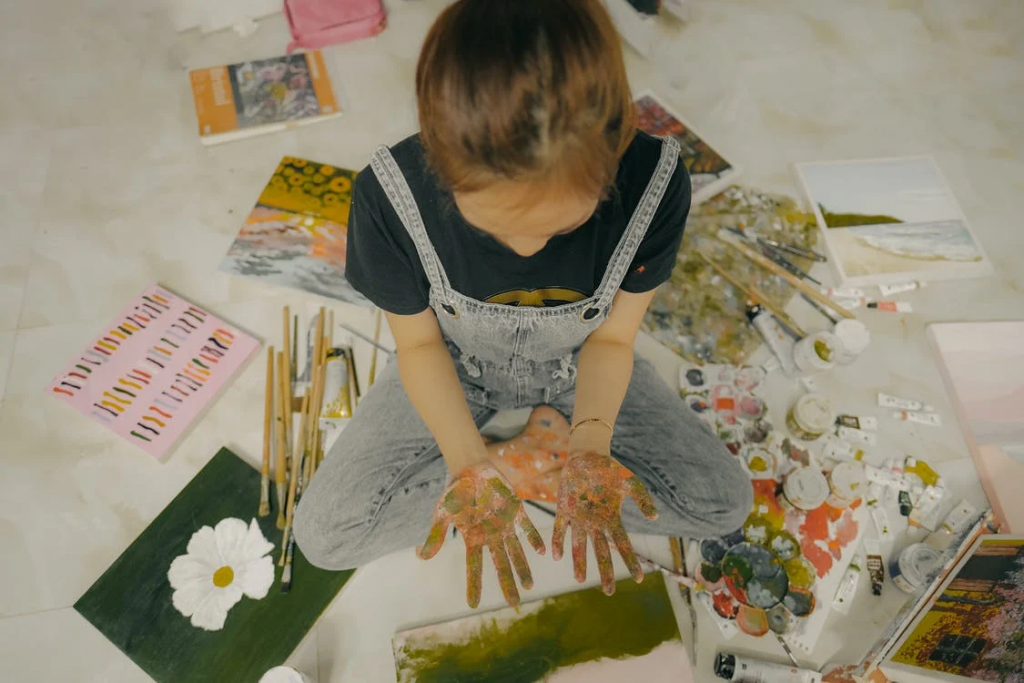
This activity will teach the child about color mixing and the different effects that watercolors or fingerpaints can create. As you are painting, you can talk about how to create various shades of colors and how to mix them together.
Are you wondering why we have included so many ‘artistic‘ activities into our list of fun science activities for preschoolers? Creativity and art help young children learn to think outside the box, solve problems, and express themselves. All important skills for future scientists!
Related Reading: Best STEM Activities to Spark Innovation & Creativity in Kids
19. Go for a walk and see how many different types of bugs you can find.
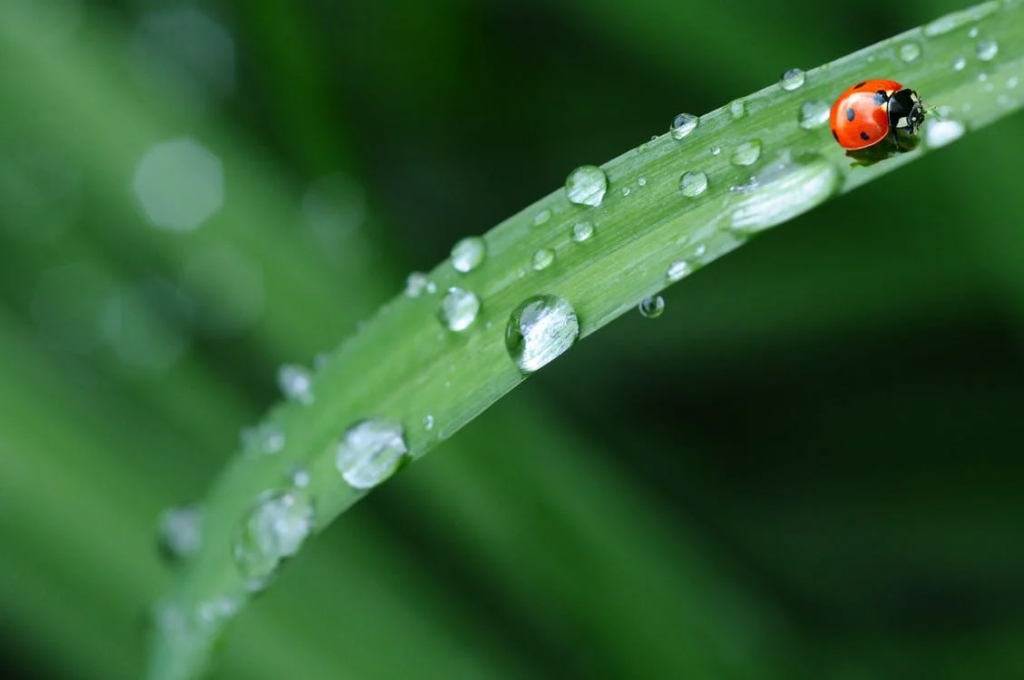
In Japan, there is even a word for it – “insect hunting” or “mushi-e”. This activity will teach the child about different types of insects and how to identify them. The child will also learn about their habitat and what they eat. As you are walking, you can talk about why it is important to protect our environment and the animals that live in it.
You can also talk about the food chain, and how each being in the food chain is important for the existence of the other.
Other science activities for preschoolers similar to this one include looking for flowers or butterflies when you are out in the open.
20. Have a lemonade stand and learn about money and marketing.
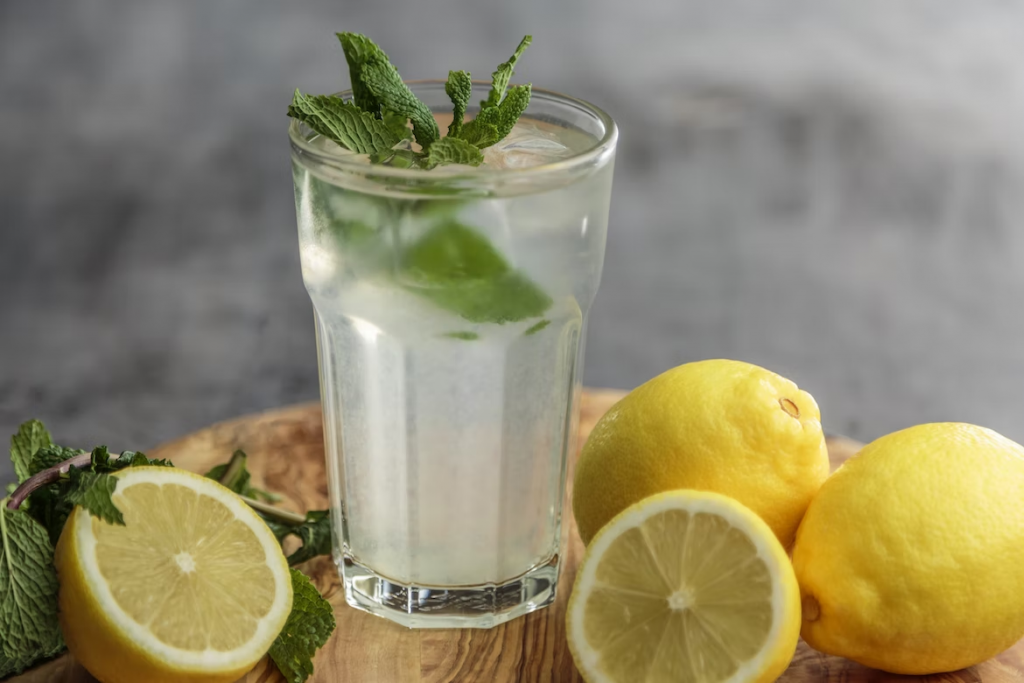
Science and business come together in this fun activity! This activity will teach the child about money and how to count it. The child will also learn about customer service and marketing. As you are running your lemonade stand, you can talk about what goes into making a good product and how to advertise it.
Math concepts such as addition, subtraction, multiplication, and division can also be incorporated into this activity. For example, you can help the child keep track of how much lemonade has been sold and at what price. This will teach the child about profit and loss.
Related Reading: Best Math Activities for Preschoolers
21. Make homemade ice cream – yum!
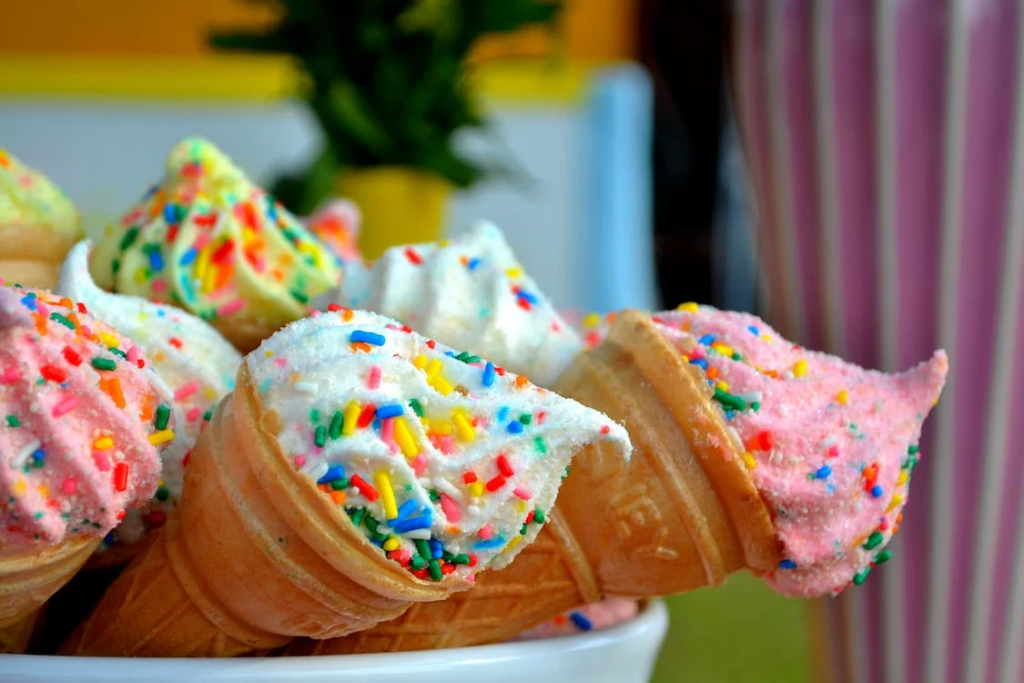
This activity will teach the child about the freezing point of water and how to make ice cream. As you are making the ice cream, you can talk about how to measure ingredients and follow a recipe. The child will also learn about the importance of hygiene when handling food.
Making ice creams is a great opportunity to talk about chemical reactions. For example, you can explain how the freezing point of water is lowered when salt is added to it.
22. Go on a treasure hunt.
See what kinds of “treasures” you can find around your house or neighborhood. You can include items like leaves, stones, feathers, etc.
This activity will teach the child about the natural world and how to find treasures in everyday objects. The child will also learn about observation and classification. As you are on your treasure hunt, you can talk about the different properties of the objects that you find and how to group them together.
And you will be surprised what all your child considers to be a treasure!
23. Make a collage out of different kinds of materials like paper, fabric, ribbon, etc.

This activity will teach the child about art and how to create a collage. The child will also learn about the different properties of materials and how to use them. As you are making your collage, you can talk about color, texture, and composition.
24. Put on a play or puppet show for your family and friends.
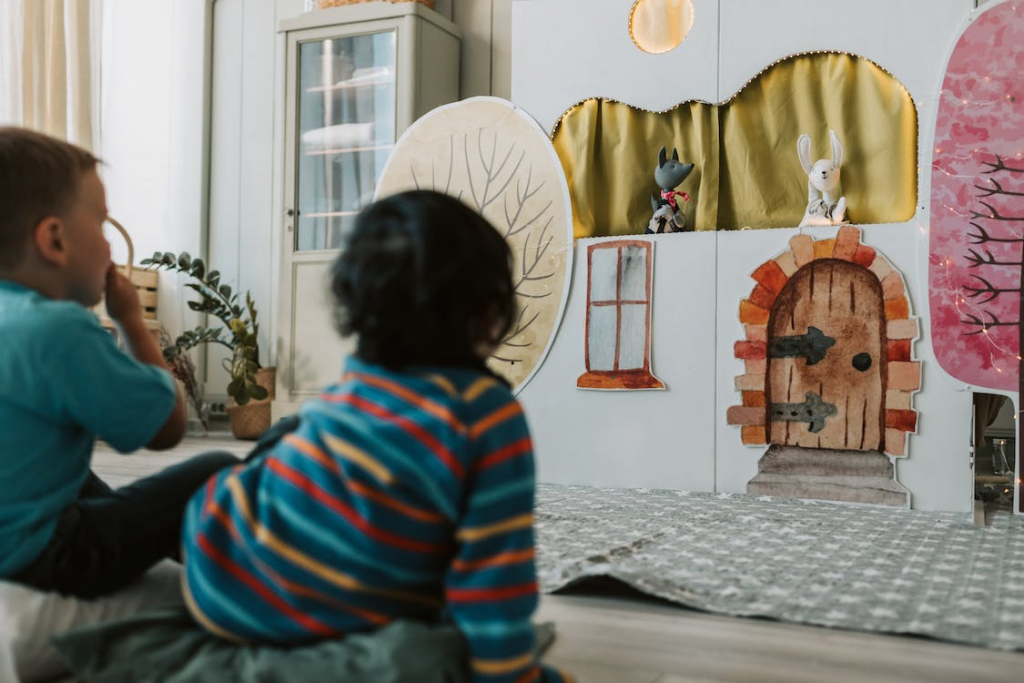
This activity will teach the child about acting, storytelling, and communication. The child will also learn about cooperation and teamwork. As you are putting on your play or puppet show, you can talk about the different roles that people have to play to make it a success.
You can also use this opportunity to talk about the different emotions that characters might feel and how to express them. Moving the hands and legs of puppets can also help the child to develop fine motor skills. And the science of puppetry is always a hit with kids!
25. Have a picnic lunch and learn about the different food groups.
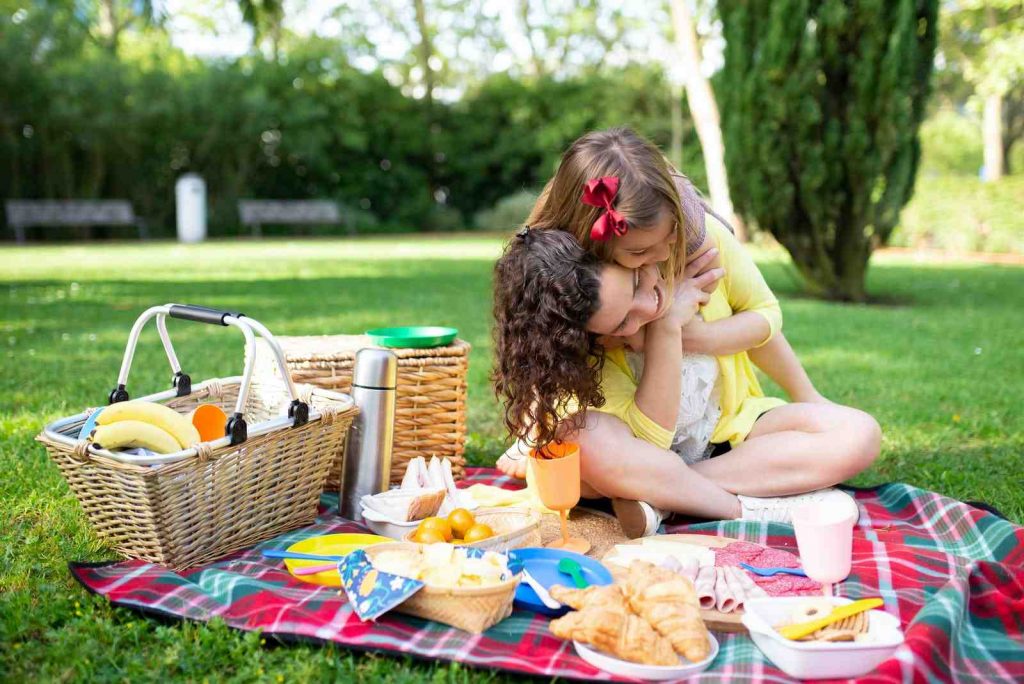
This activity will teach the child about nutrition and the different food groups. The child will also learn about setting up a picnic and how to pack food for it. As you are having your picnic, you can talk about the importance of eating healthy and exercising regularly.
These are just a few ideas to get you started – the possibilities are endless! Just have fun and be creative. And remember, it’s okay if things don’t go perfectly – that’s part of the learning process.
Explore more online educational resources and printable worksheets for preschoolers for kids that will help with their learning experience and make them smarter.
Related Reading: What Do You Learn in Preschool: Overview, Subjects & Skills
Frequently Asked Questions (FAQs)
How do activities help children in understanding scientific principles?
For preschoolers, the natural world is new and exciting. With simple activities lke treasure hunts & picnics, children interact and observe the world around them with curiosity. These activities also stimulate sensory-motor control and improve their overall growth.
What scientific activities help children during preschool?
Since preschoolers do not have an articulate understanding of scientific principles, the ideal activities for them are creativity and activity based. Experiments and activities also create a comfortable learning environment for children to nurture their imagination. So, the ideal activities should cover all the broad aspects:
- Nature Walk
- Treasure Hunt
- Cooking/baking
- DIY Arts & Crafts Projects

















